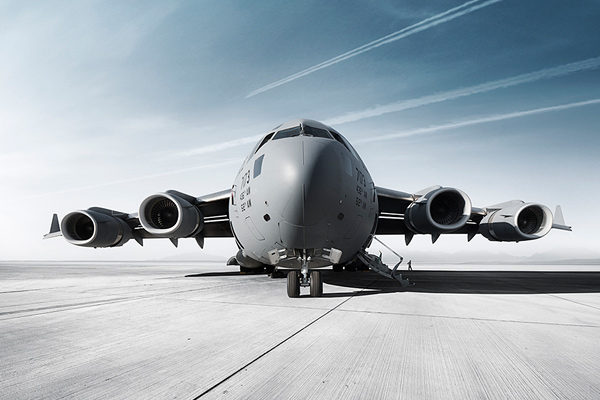Aircraft Photography is as tough as it appears. The speed, the lighting, and the altitude, all augment the challenges of Aircraft Photographer. Aircraft photographers observe varied techniques to capture the most effective image. For best Aircraft photography you must keep in mind varied parts and converge them all together to pan out the most effective results.
Getting up Early works
If you want the best aircraft photography you’ve got to figure what is the best light for it, waking up early goes with the territory. The sunshine comes directly onto the approaching craft, and the fuselage and engines are lit perfectly due to the rays of the sun. Once the plane passes you, you’ll be able to take superb silhouette pictures if you quickly switch angles. Underexposing by several stops is an answer to heighten the silhouette impact.
Beat the Winters!
Winter can be an awesome season for photography. The sun stays comparatively low throughout the day. As a result, light falls superbly onto the subject: the aircraft and you get the most effective aircraft photography possible. Dress warmly; if the cold grips you, using your camera with a gentle hand is almost impossible. Ideally use gloves that modify your fingers and palms to grip firmly, preventing the camera from slipping from your hands. If you’re lucky, you’ll notice a bed of snow. This could be helpful as a result as snow is a superb reflector, giving the belly
of the aircraft more light because the sun reflects off the bottom. You’ll be able to introduce additional detail by overexposing by one stop from your camera meter.
Learn to use the Water
If you want the best Aircraft photography to learn to use the water and the sun – ideally a mixture of both. Why? The water reflects daylight onto the belly of the craft.
It conjointly makes a distinction if the water is calm or agitated. You’ll be able to keep the use of huge water bodies, particularly once photographing landings. Remember to adjust your exposure compensation settings; you’ll be able to experiment with this selection by looking at the brightness of the sun. And even though you regularly shoot into the daylight, overexposure by one stop will turn out smart results. Use a median aperture like (F/6.3 ~ F/8.0) together with faster shutter speed.
The setting sun is a good friend- Aircraft Photographer
Those of you who don’t have the strength to depart your nest before dawn can wait until sunset to get the final shot for the most effective Aircraft photography – the setting sun. As the sun dips on the opposite side of the horizon the result is a superb picture. The low slung, golden rays of sunshine generate a pleasing feeling of heat within the pictures. Finding a location wherever you see aircraft rising into the sun can give you fantastic results.
Always use slow shutter speeds for best aircraft photography when the props are turning.
To introduce speed and action to your pictures, attempt taking panning shots. You pan the camera at precisely the same speed as of the aircraft passes, keeping it in good focus keeping the background out of focus. These tips will help in the exploitation of your photographic adventure, alongside countless images in the future. Set your camera to the semiautomatic ‘shutter priority’ mode, typically denoted by the letter ‘S’. Begin slowly with a shutter speed of 1/100. The camera calculates the right aperture for the ISO you are using. If you get the sensation you’ve got command over this setting, you’ll be able to explore your skills then adjust to 1/80 or 1/60th of a second. If your camera offers this selection, deactivate the image focus device setting. For images like this, choose a feature on the craft to use as your main point of focus. This might be the cockpit window or an air carrier’s name.
This option produces best aircraft photography if you are taking shots of a propeller-driven craft. The slow shutter speed ‘catches’ the spinning propeller blades creating a photograph that looks more dynamic. Otherwise, the image looks like the aircraft is just like it is hanging in mid-air with stationary props.


